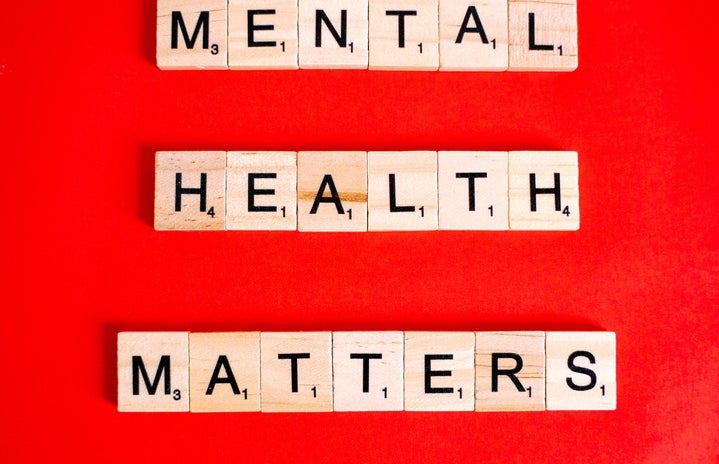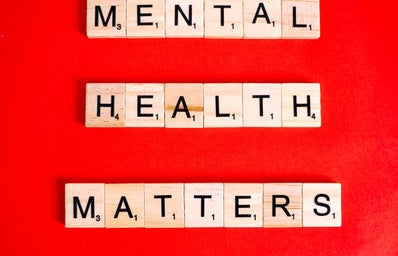Despite leaps and bounds being made in the realm of mental health over the past couple of years, acknowledging mental health as a serious issue while simultaneously sweeping the topic under the rug remains a stubborn and pervasive issue. In a digital age where sharing information is easy, I’ve seen people, myself included, be quick to repost about mental health resources yet shy away from serious discussions about it in person. Social media has done an amazing job of creating a platform where people can show their support and help destigmatize the topic. Yet, I feel it lacks the ability to humanize the discussion past the screen.
Transparency and openness are two fundamental elements to creating a society where mental health can be a priority and people can feel safe to bring it up in conversation in person.
It was almost 2 years ago when I, struggling with a sports-related eating disorder, saw countless posts about National Eating Disorder Awareness Week. I liked every post, but felt like I still couldn’t come forward with my struggles. Even well into recovery, I hesitate to share my experiences face to face for fear of being perceived as “sick” or making someone uncomfortable.
However, that’s part of the problem. Mental health struggles thrive in secrecy and I fear that despite efforts made online, it’s not enough to combat the issue no matter how many reposts mental health may receive. Step one toward disabusing the stigma surrounding mental health was social media, but we need to be doing more.
Though trivial, I firmly believe that asking someone how their day was can be a stepping stone to opening up a larger conversation about mental health. However, genuineness and authenticity are key; Often we can ask without meaning what we are saying, so it is imperative to create empathy and move away from superficial conversations. Even mentioning in passing to friends or family members that they should be taking care of their mental well-being can help us move past this place where we’re uncomfortable broaching the topic. After that, we can move toward larger conversations in a plethora of different settings.
And, the irony of me sharing this message of creating larger awareness for mental health outside of the digital world, through a digital platform, does not escape me. I hope this article can be a conversation starter for anyone who reads it. But still, if you are thinking that you’ve already had many face-to-face conversations about this topic, such that I am sounding like a broken record, I would like to draw attention to some important statistics on the subject within the past couple of years.
The National Institute of Mental Health indicates that out of the millions of people with mental health issues, only about half will receive treatment. The Anxiety and Depression Association of America indicates men are less likely to be open about their struggles, less than half of the men struggling with depression will receive treatment and they are 4 times more likely to die by suicide than women. Moreover, the American Psychological Association indicates that despite Americans becoming more open on the subject of mental health, young people still disclosed that they felt shame and stigma more so than disclosed by older peers.
All else aside, no matter the progress we’ve made, we have so much more to do inside the digital world and outside of it. So, let’s start talking.
Resources:
988 Suicide and Crisis hotline


